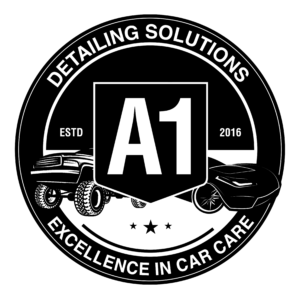
A GUIDE ON WHICH TYPE OF TINT TO CHOOSE FOR YOUR CAR
Ceramic window tint film (Best)
Ceramic window film is the highest quality window tint available, but it is the most costly
How does it work?
Ceramic tint is not made of metal, carbon, or dyed tint but it’s made of non-conductive ceramic particles. (Oh science!) The nano-ceramic technology blocks UV light and will keep your car interior cooler. While it prevents light from entering the interior of the car, the ceramic particles still allow visibility both day and night.
Pros:
• A ceramic car window tint blocks 99% of harmful UV rays which can cause skin cancer.
• It excels in anti-shattering properties and heat rejection when compared to other types of window tint.
• Ceramic tints do not fade.
• It does not block cell phone signals and other such device connections.
Cons
• Higher price tag.
Carbon window tint film (Great)
Carbon window film is much more effective at blocking heat than a dyed film or metalized window tint.
How does it work?
The carbon particles embedded in the window film block 40% of infrared light. It will keep the car cooler so you won’t need to amp up air conditioning in the summers. In winters it will also save you on heating by keeping your car warm for longer.
How does it look?
It looks much darker than ceramic window films.
Pros:
• Carbon tint helps in blocking infrared light much more effectively than metallic or dyed films.
• Prevents solar heat gain.
• Carbon tinting prevents the interior of the car from fading.
• Doesn’t block transmission from GPS systems or cell phones.
• A carbon window does not fade with time.
Cons
• The carbon particles are large which creates glare and haze when they reflect the light.
• Doesn’t have the heat rejection quality of the ceramic film.
Metalized window tint film (Good)
This tint comes with a shatterproof feature and uses metallic particles which are inserted in the film to prevent solar heat gain.
Pros:
• Unlike dyed film, it is more resistant to heat.
• The metallic particles make the windows highly shatterproof.
• Metalized window film is more resistant to scratches.
Cons
• Blocks radio, cell phone signals, and GPS systems.
• Better than dyed window tint in blocking UV light but still not effective as its other counterparts. Carbon and ceramic window tints.
Dyed window tint film (Entry Level)
This is an economical window tint film that is light on the budget
Pros:
• Economical.
• Provides privacy.
• Provides visibility from the inside.
Cons
• Does not block infrared light rays much effectively.
• Dye fades with time.
• Does not effectively cool inside space.
This answer boils down to your preferences. If you want to save money while also getting good levels of heat rejection, a carbon or metalized window tinting film will be fine. That said, the cost difference is minimal—a couple cedis extra. So even though a ceramic window film costs a little extra, the benefits in terms of heat rejection, UV ray protection, and sun glare reduction are massive.
